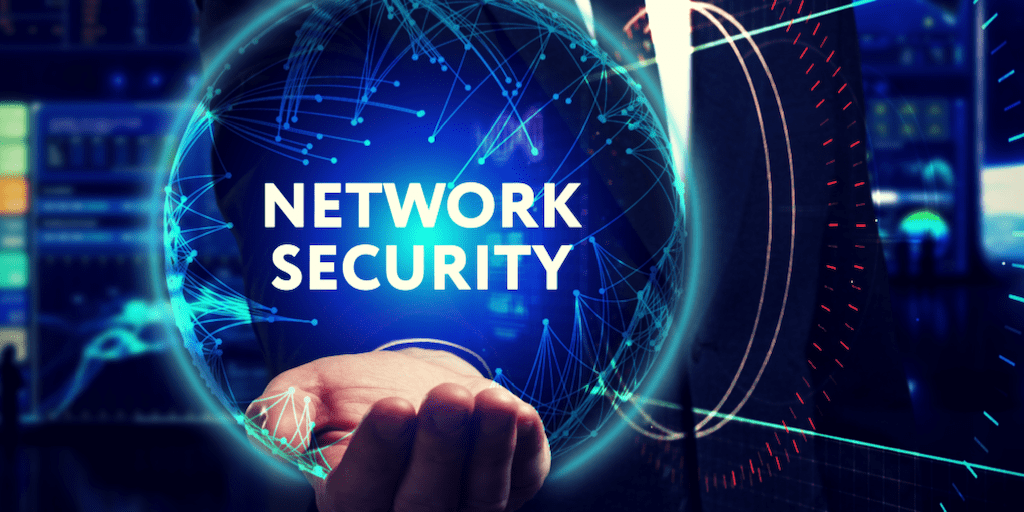Firewall surveys how traffic goes in and out of a network and decides, based on provided guidelines, which should be blocked or permitted. This is precisely what Network Security is about.
In 2021, research showed that 37% of global businesses were attacked, while many companies lost a considerable amount in ransom payments. Hence, network security is essential to incorporate different defense layers in the network and at the edge, with each layer carrying out its controls and policies. Users and devices are taken through a process of security check, after which they are either authorized to harness network resources or blocked from causing potential harm to the system.
Network Security Definition
Network security can be defined as a set of technologies employed to regulate the protection of a company’s resources by determining how accessible and usable to prevent unauthorized access.
A network security architecture comprises devices that secure the network and apps that run it. Practical strategies for securing a company’s network include automated and scalable lines of defense, with each defensive layer implementing provided administrative security rules and guidelines.
In today’s highly digital world, network security is very critical. As more businesses migrate to remote and hybrid work patterns, an increased security issue is frustrating smooth business operations. Hence, the demand for top-level network security solutions to combat those challenges.
Essential Tools Of Network Security
Firewall
Firewalls filter out bad traffic from accessing a network, performing macro-segmentation, and accessing control-based IP subnets. It creates a barrier between trusted and untrusted network regions. It may also execute more granular segmentation, otherwise referred to as micro-segmentation.
IDS And IPS
IDS (Intrusion detection systems) and IPS (Intrusion prevention systems) tools are performed behind a firewall to support IT staff to uncover and secure their network, both wired and wireless, from threats. They offer signature matching and protocol analysis in different parts of the data packet. Signature matching blocks potentially recognized attacks from being implemented, while protocol analysis ensures compliance against publicly declared protocol specifications.
Both IPS and IDS expose malicious activities such as spyware, malware, viruses, and other types of attacks. IPS monitors and blocks attacks from known and unknown sources, while IDS monitors and exposes suspicious activities within a network.
Anti Malware
Anti-malware network security tools scan for vulnerabilities within a network. They monitor operating systems, security defenses, and browsers to help IT teams uncover threat sources and remove them from wreaking havoc on the network.
For best practices, explore multi-pronged defense, including data loss prevention (DLP) tools, IP blocklisting, egress filtering, anti-spyware and antivirus software, outbound traffic, proxies, and web browsing policies.
Mobile Device Management (MDM)
MDM monitors remote activity, enforces policies, controls security configurations, and patch pushes to mobile devices. Additionally, MDM can lock lost or compromised mobile devices or even wipe out sensitive data from them.
Virtual Private Networks (VPNs)
VPNs secure a devices’ IP address and encrypt data flowing from one end to another. For instance, it helps remote workers connect with organizations without a breach occurring.
The Fundamentals of Network Security
Network security has demanded more than creating multilayer protection programs to prevent attacks. Breaches can occur at virtually any layer of a network’s setup, so all software, hardware, and policies related to network security must be designed to secure each layer.
Access Control: Access control involves the application of identity numbers and usernames for user verification, device or applications authentication when they request access to the network.
Technical Network Security: Technical network security shields resources both within and without to prevent malicious activities from the compromised workforce or unauthorized personnel.
Authentication and Authorization: The process of confirming the identity of a user or device is very critical to preventing attacks from being implemented on a network. Credentials must be effectively verified while logging into a network, and every request to access a specific data will be provided authorization.
Physical Network Security: Gaining physical access to components such as cabling cupboards or routers is controlled through physical Network security to offer access to only approved users. Features such as biometrics authentication, locks, and other devices are ployed to implement physical Network security.
Administrative network security: entails security processes and policies deployed to manage user activities on a network. The processes include user authentication, access level provided, and IT procedures to execute infrastructure changes.
Accounting: Accounting scrutinizes users’ actions conducted on an organization’s network that exposes and distinguishes activities, whether authorized or not.
Network Security for Firms, Employees, and Consumers
Network security is critical to the success of any business leveraging the internet to offer services, products, or carry out its day-to-day operations. Aside from protecting data from being stolen, network security will also help enhance the workforce’s performance, secure data sharing, and manage traffic effectively. Network security has many tools and applications that help implement a secure architecture, such as enlisted here.
Conclusion
Taking a deliberate action toward your business network security is your bold step toward defending your business from devastating losses. Your strategy should include maintaining and updating your security software, configurations, and firmware and should not be concluded without a backup strategy to keep your business operations from being interrupted if security efforts fail.



